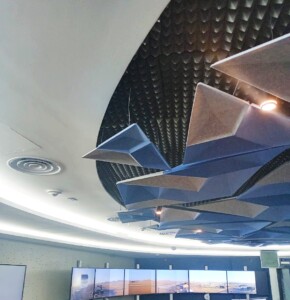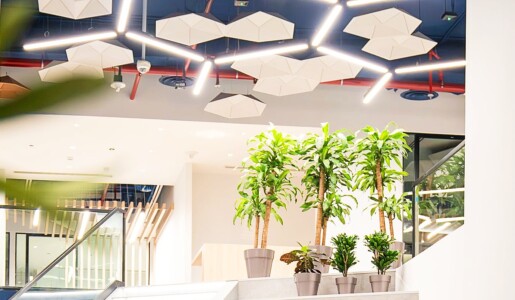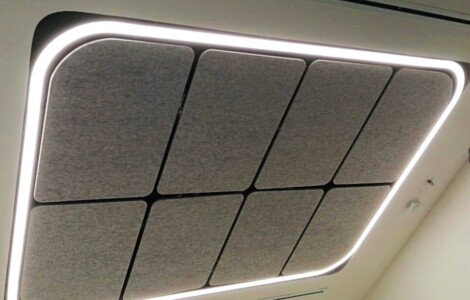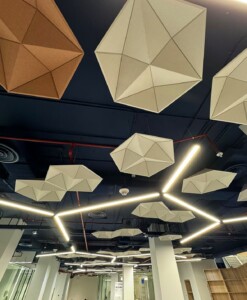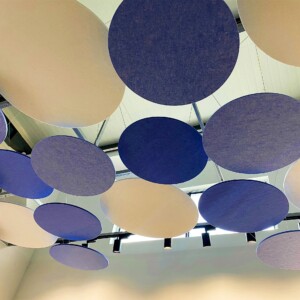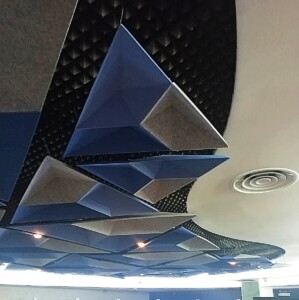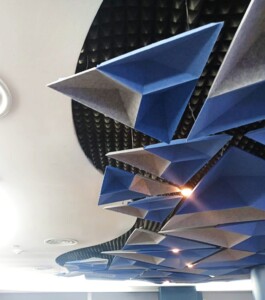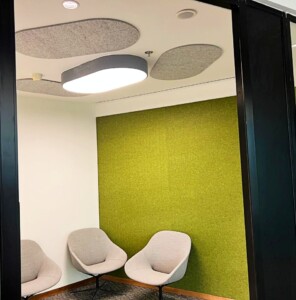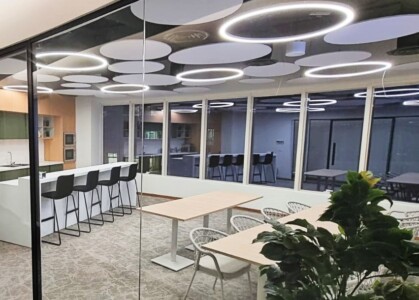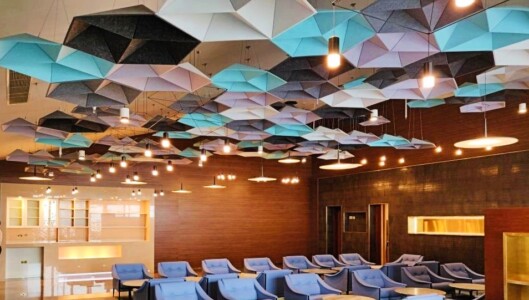Essential Tips for Specifying PET Acoustic Panels
From acoustic ratings to installation details, this guide helps architects and designers specify Decrasound™ PET panels with confidence.
Key Considerations When Specifying PET Acoustic Panels
Acoustic panels play a critical role in creating comfortable, functional interiors.
When selecting materials for commercial or public spaces, specification accuracy is essential to ensure performance, compliance, and design intent.
Decrasound™ PET acoustic panels combine high sound absorption with design flexibility, but understanding the key factors during specification will help deliver the best results.
1. Acoustic Performance (NRC)
The Noise Reduction Coefficient (NRC) indicates how much sound a panel absorbs.
Decrasound PET panels typically achieve NRC ratings of 0.70 – 0.95 depending on thickness, density, and mounting method.
Higher NRC values mean greater absorption and lower reverberation, which is particularly important in offices, classrooms, and hospitality spaces.
2. Panel Thickness and Density
Common thicknesses are 12 mm and 24 mm.
Thicker panels generally provide higher NRC values, but project requirements such as wall depth, fire rating, and aesthetic goals will influence the choice.
Decrasound panels are manufactured with a carefully balanced density to maximise acoustic performance while remaining lightweight and easy to install.
3. Fire and Safety Ratings
Always confirm that panels meet relevant fire codes and indoor air quality standards.
Decrasound PET products are low-VOC, non-toxic, and tested to meet international fire-safety requirements, making them suitable for workplaces, education facilities, and public venues.
4. Environmental Credentials
Decrasound PET panels contain a high percentage of recycled post-consumer plastic bottles.
They are fully recyclable at end of life and can contribute to Green Star, LEED, or WELL Building certifications—important factors for sustainable projects.
5. Installation Method
Installation impacts both performance and cost.
Panels can be direct-fixed to walls, suspended as clouds, or installed as hanging baffles.
Correct mounting depth and spacing will optimise sound absorption.
Decrasound offers a variety of fixing systems to suit different substrates and design concepts.
6. Design Flexibility
With 96+ colours, custom shapes, and precision cutting options, Decrasound PET panels provide unmatched creative freedom.
Logos, graphics, or bespoke patterns can be integrated into the design without compromising acoustic performance.
Specification Comparison Table
| Specification Factor | Decrasound PET Panels | Traditional Mineral Fibre Panels |
|---|---|---|
| NRC Range | 0.70 – 0.95 (depending on thickness/mounting) | 0.55 – 0.80 typical |
| Thickness Options | 12 mm and 24 mm standard, custom available | Typically 12–15 mm |
| Fire Rating | Internationally tested to meet commercial standards | Varies; may require additional coatings |
| Environmental Impact | High recycled content, fully recyclable | Limited recycled content, not easily recyclable |
| Design Options | 96+ colours, custom shapes, printed graphics | Limited colour range, standard tiles |
Frequently Asked Questions
| What NRC rating should I specify for open-plan offices? | An NRC of 0.75 or higher is recommended to control speech noise and reduce reverberation. |
| Can Decrasound panels be used in ceiling applications? | Yes. Panels can be suspended as baffles or clouds to treat large ceiling areas while maintaining visual openness. |
| Do I need special tools to install PET panels? | No. Panels can be cut with standard utility knives or CNC routers, making installation straightforward. |
| Are PET panels moisture resistant? | Yes. They resist moisture and will not sag or degrade in humid environments. |
| Can panels contribute to Green Star or LEED points? | Yes. Recycled content and low-VOC properties support multiple green building certifications. |
Ready to specify? Contact our team for datasheets, acoustic test reports, and design advice, or visit our
Decrasound Products page for technical documentation.

